Weeds & Invasive Plants
All Weeds & Invasive Plants Content
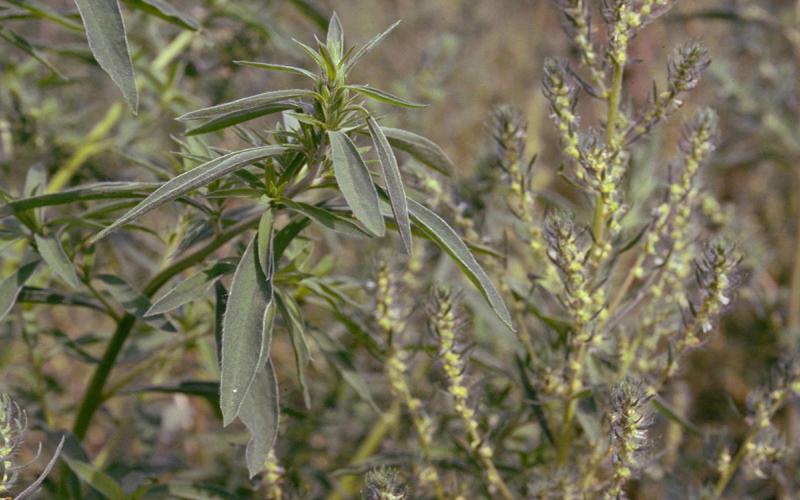
Kochia Preplant Burndown Management for 2024
Kochia is a weed that impacts many South Dakota crops, and it can reduce yields significantly if not properly managed. Learn some expert tips using chemical, cultural, and mechanical tactics to control it.
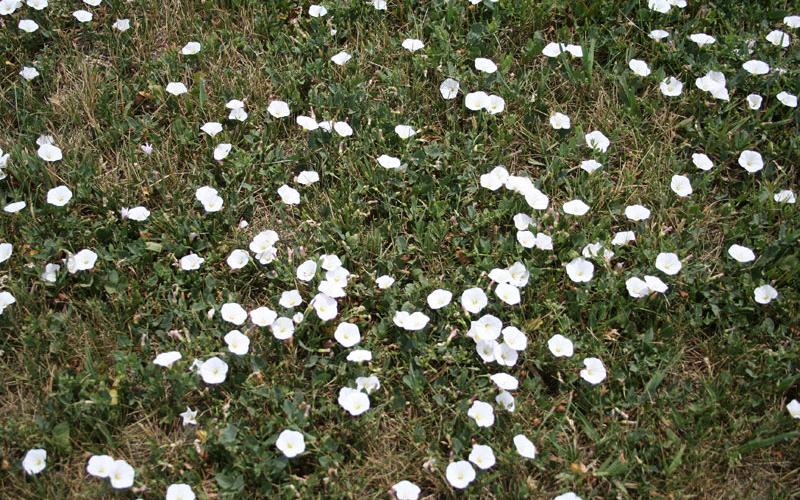
Weed Control: Noxious Weeds
Noxious Weed Recommendations: Herbicides for pasture, range, and non-crop areas, including roadside and other right-of-way that may be harvested for hay or grazed, are given a priority.
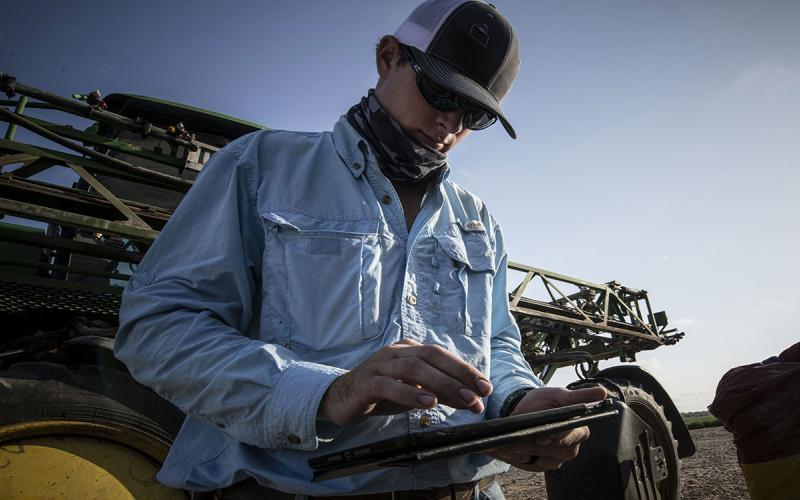
Pesticide Mixing and Sprayer Calibration Equations
Pesticides need to be applied at proper rates to ensure effective control of the pest. Learn some common equations used to mix pesticides and calibrate sprayers.

Now Is the Time To Plan For Noxious Weed Control in 2024
Since most of South Dakota has experienced several frosts, fall herbicide applications are likely near completion. However, now is the time to plan for noxious weed management for both spring and fall of 2024.

Evidence That Combines Can Transport Weed Seeds
A combine deliberately harvests crop grain, but it can also unintentionally transport weed seeds. Learn some tips for cleaning equipment and containing residues during harvest to prevent weeds from spreading this fall.

Order of Fields Harvested Can Improve Weed Management
Weeds at harvest time are hard to avoid, and their severity in fields can range from “clean” to a “weedy mess.” Harvesting weedier fields last can help limit the movement of weed seeds and reduce future weed pressure.
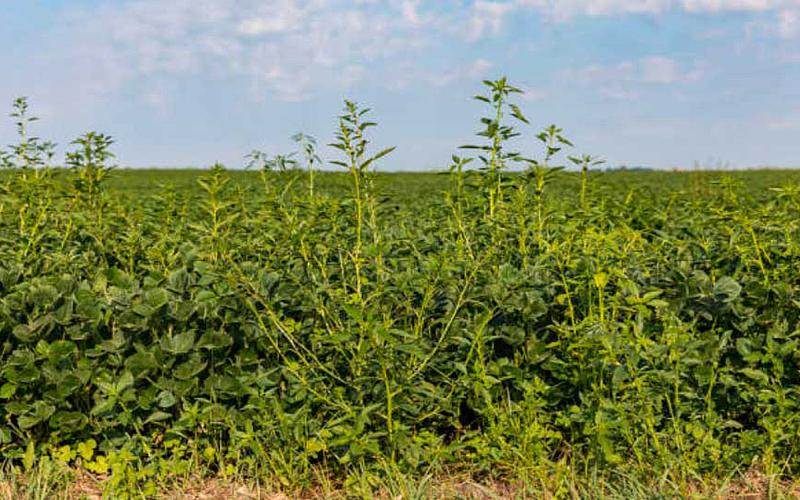
Row Crop and Noxious Weed Surveys
Controlling noxious weeds and weeds in row crops is a challenge every year. SDSU Extension has created two online surveys to capture the current climate of weed control in South Dakota.
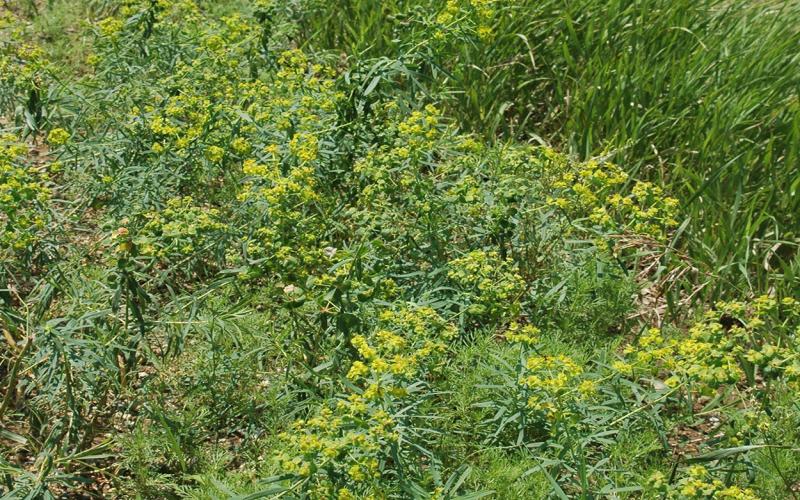
Leafy Spurge Control in the Fall
Leafy spurge is a difficult-to-control, noxious weed in South Dakota. Spring and fall herbicide applications are critical for leafy spurge management.
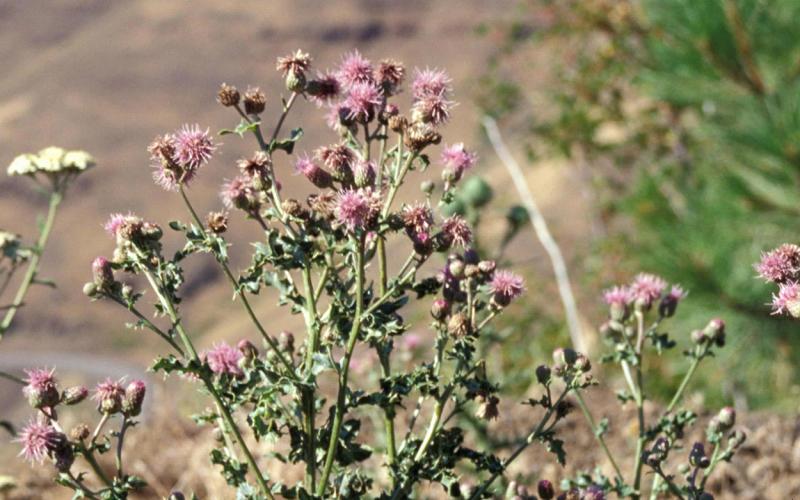
Canada Thistle Control in the Fall
Canada thistle begins to transport assimilates and nutrients down its roots in the fall to survive the winter months. Now is the time to consider a fall herbicide application to keep it under control.
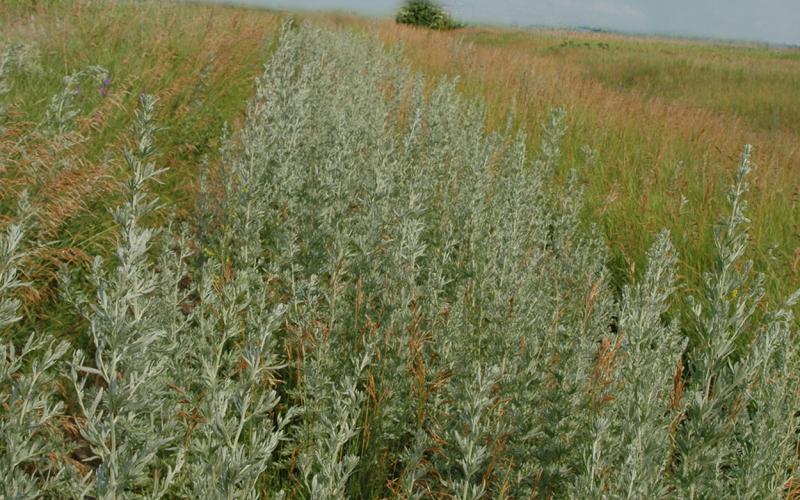
Absinth Wormwood Control in the Fall
Absinth wormwood is a difficult-to-control, noxious weed in South Dakota. Now is the time to consider fall applications for absinth wormwood control.